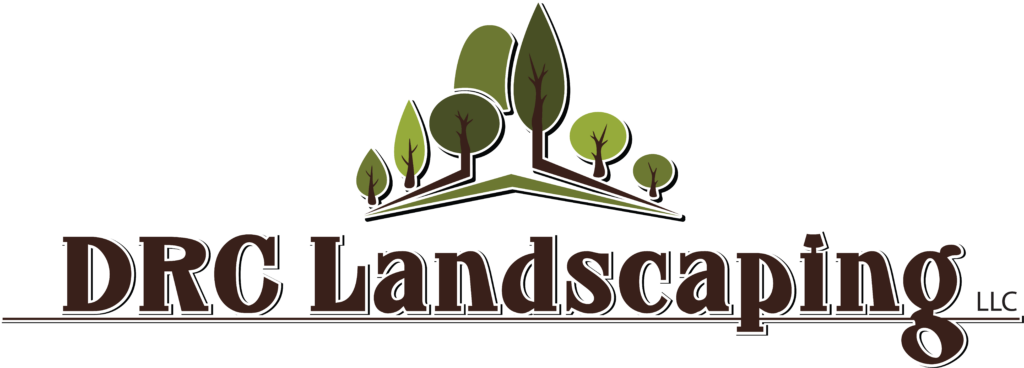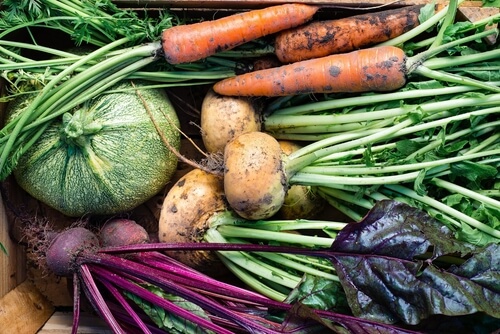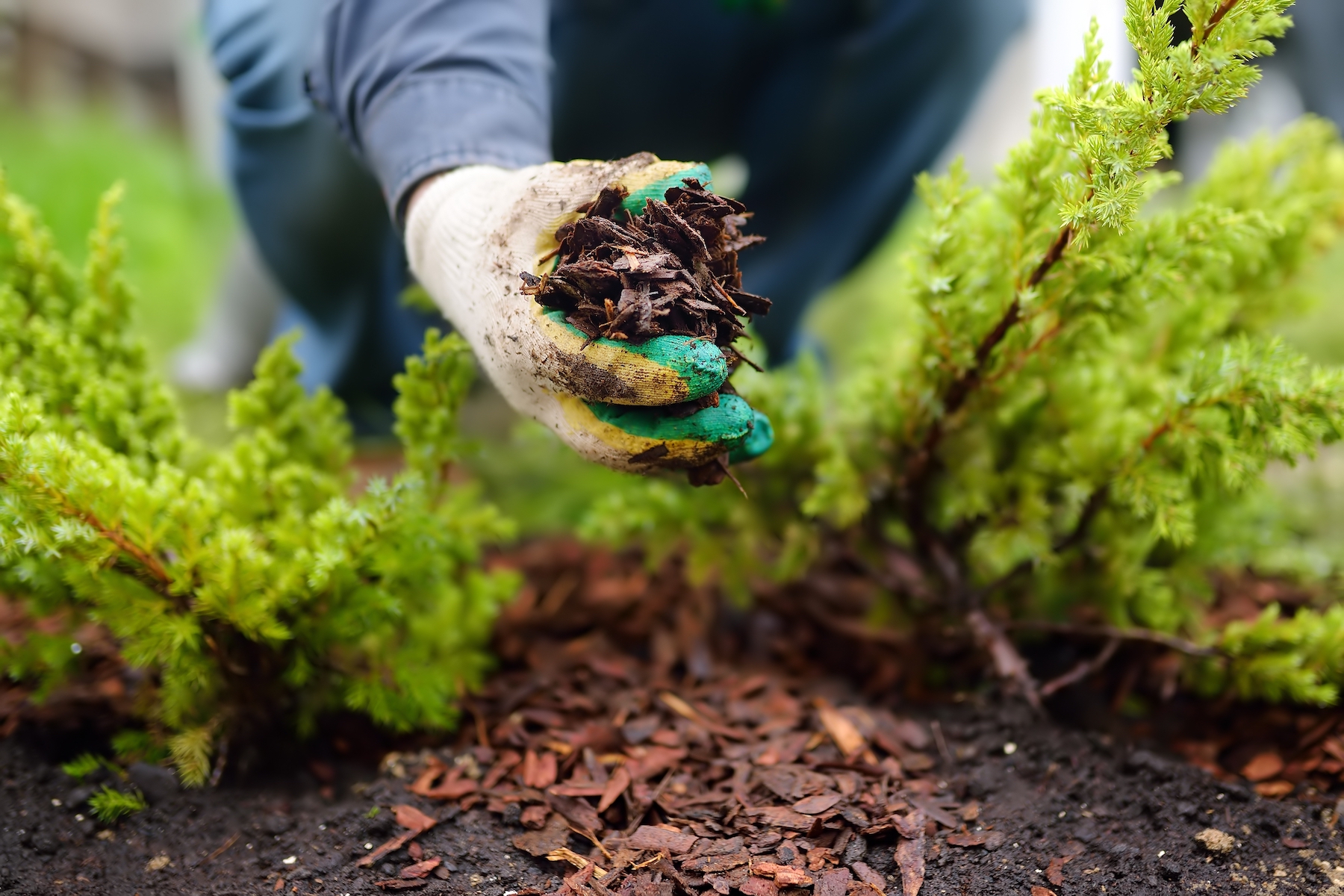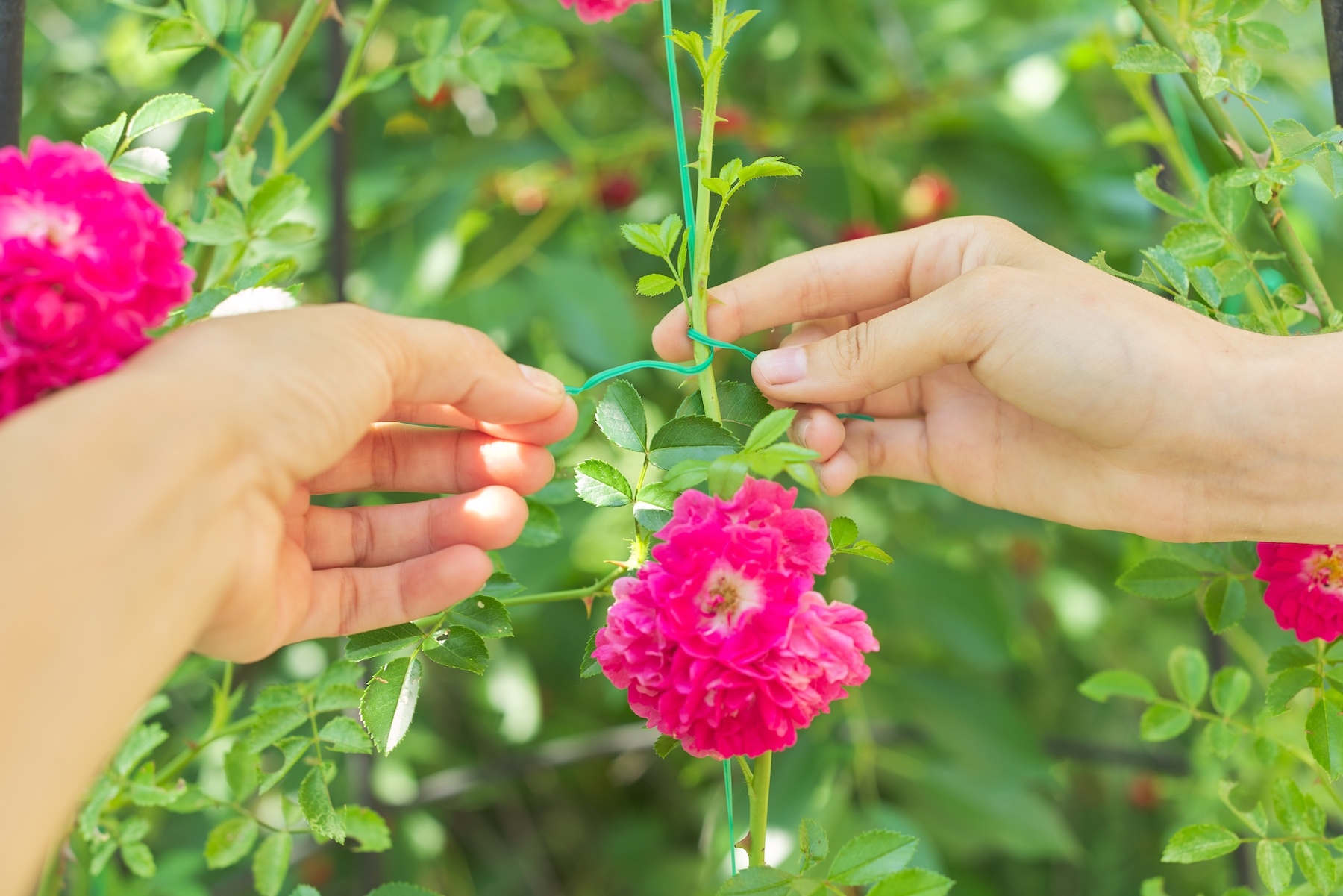Indoor agriculture enthusiasts with access to climate control resources at home, such as high-tech greenhouses, hardly need to worry about where they are in the world when deciding what they want to cultivate and grow. Oh, to have unlimited vegetable growing possibilities! Most of us at-home vegetable garden owners are at the mercy of the elements in planning out what vegetables we can grow. The land in Northern Nevada, while beautiful, comes with its own unique set of characteristics that presents a bevy of challenges to at-home farmers. But fear not–our options may not be as limited as we think.
We know that certain regions are better suited to particular food growth when it comes to the land. The USDA Agricultural Research Service (ARS), with assistance from the PRISM Climate Group at Oregon State University, categorizes this food-land compatibility in their USDA Plant Hardiness Zone Map. This map, considered the mother of all agricultural and horticultural references, is the gold standard by which growers and gardeners can determine which plants are likely to thrive at any given location.
Before you dig one trowel in the soil, consult this map carefully when planning your at-garden in Northern Nevada. You want to avoid planting vegetables that are doomed from the start due to reasons beyond your control. You don’t want to put in the hard work to grow vegetables at home, only for it to be a failure because they are inherently incompatible with the land. Do your research because gardening without guidance is a fool’s errand. So, what vegetables do the best in Northern Nevada’s unique climate? What plants are easiest to grow for at-home Nevada gardeners?
Northern Nevada is in the U.S. Department of Agriculture Plant Hardiness zones 5 to 7a.
In Northern Nevada, plant potatoes in the spring (when it is above 45 degrees F) as soon as the soil is workable in the spring if you want a summer harvest.
What helps potatoes thrive? Sandy, fast-draining soil. If the soil is too heavy or poorly-drained, the vegetables will be deformed. Plant them 3 to 4 inches deep and spaced 9 to 12 inches apart. You’ll know when new potatoes are ripe for the harvest when you notice vine death, “skin set” (tuber skin does not peel from the flesh when pressure is applied), and the plants’ tops begin to flower. New or small tubers can be harvested early without destroying the entire plant by careful digging and removing some of the tubers. Leave the rest to grow to full maturity, and dig them up when their tops die back. Always harvest before the frost.
Check out this super helpful guide for at-home gardeners that tells you everything you need to know about how to grow potatoes at home–including what pitfalls and potato disorders to avoid.
Corn grows very well in Northern Nevada’s climate. Plant seeds two weeks after the last frost for best results. Don’t forget, corn needs room to grow–plant it in rows with 1 foot between each plant, and leave 3 feet between each row. Deep, rich soil, good drainage, and full sun is the holy trinity for the best corn possible. Water it liberally, especially when the first tassel forms on the stalk and again when you see silk start to appear.
Did you know that corn grown in Northern Nevada will be different from corn grown in other parts of Nevada? It won’t be as sweet in cooler places because it needs heat to produce sugars. Pretty neat.
Italian food aficionado, or scared of vampires? Garlic is a great crop that lends itself to the Northern Nevada climate. Plant in early spring for a summer harvest–hey, you’ll have your potatoes and garlic at the same time! Break down the bulbs into cloves and plant them base-down, 2 inches deep in full sun. Water them regularly. Don’t be discouraged if you don’t see anything recognizable–the cloves grow underground, leaving slender green shoots above. When the shoots die back, it’s harvest time/.
Summer squash and zucchini are favorites among Nevada;’s at-home gardeners because of their ease and versatility. Squash plants require full sun, fertile soil, and sufficient moisture. You can even start them inside before moving them to your garden! Plant them 1 inch deep, 3-4 feet apart. Squash can be sown directly into the garden or started indoors. Summer and winter squash are commonly planted in hills about 1 inch (2.5 cm.) deep. Wait until you’re in the clear after any danger of frost has ended with planting them. When you’re harvesting, heck daily–they grow super fast. Also, harvest them frequently, before the seeds have fully ripened and the rinds are still soft, to encourage more production. Don’t let them get too ripe–they’ll get hard, seedy, and flavorless.
Green onions need 2 inches of space between bulbs. Set the onion bulbs in the trench, roots down, tops pointing up. Ensure that roots make good contact with soil. Cover the onion bulbs with soil, leaving no part exposed. Moisten–don’t saturate–the earth, and continue to water twice a week. Water twice a week until bulbs are established. After that, don’t even worry about it… average spring rainfall should be sufficient!
Harvest in the fall after the stalks have turned brown and died back. Pull them up, remove the dirt and allow them to harden off by drying for 2-3 days in a shaded area. Cut the dead stalks off 1 inch from the top of the bulb.



